Tomas Havel’s go-to workhorse camera is the Sony a7R II. Oscar Nilsson regularly relies on the versatility of a 24-70mm f2.8 lens. Elia Locardi uses Really Right Stuff tripods, and Marco Grassi prefers NiSi filters. Peter Stewart uses Peak Design bags, and Chris Burkard uses a Peak Design strap. The contents of a travel photographer’s camera bag tells you a lot about how they shoot, what they shoot, and where they’re going.
Travel photography is a wide-ranging genre, encompassing everything from landscapes and cityscapes to portraits and street scenes. While you can shoot travel photography with any kind of camera, including a mobile phone or a simple point-and-shoot, upgrading your gear can go a long way toward elevating your work. With that being said, it’s essential to balance quality with portability, as too much weight on your back can easily ruin an otherwise perfect excursion.
In this quick guide, we’ll cover some of the basics to include in your camera gear checklist.
Cameras
First, the must-haves: your camera body and lenses. DSLRs, while high-quality, are heavy, and they take up a lot of space, so we recommend a mirrorless camera for travel photographers. They’re lighter and more compact, saving your shoulders and allowing you to blend in more easily. (Sony and FujiFilm are always popular choices for mirrorless enthusiasts, though all the leading manufacturers make solid options.) Always rent before buying to make sure a specific body works for you.
Look for a weather-sealed body if you plan to work outdoors a lot. If you plan to shoot at night, make sure your camera can handle higher ISO settings without introducing too much noise. One camera body is enough for most, but professional photographers often prefer to have a “backup” body as well.
(If you plan to grab some aerials, bring a drone. For travel, consider the new Mini 3 Pro by DJI. Some travel photographers also pack an action camera, like a GoPro.)
Lenses
When it comes to lenses, it’s always good to have some variety, and a 24-70mm zoom is always a solid, reliable choice that offers plenty of versatility. Even better, if you have the budget and space, feel free to bring a few options. Two or three lenses are usually enough; more will often weigh you down. Consider a wide-angle for landscapes, a 35mm or nifty-fifty for portraits or street shots, and/or a telephoto for wildlife.
Remember to carry a microfiber cloth for lens cleaning, plus a lens hood to avoid lens flare. Another bonus of bringing more than one camera body is that you can easily switch between lenses without having to change them; just have one lens on one body and a second lens on the other.
Camera backpacks, straps, and clips
The right camera bag will make all the difference when it comes to comfort, durability, and convenience. A photographer planning a day trip into the city will choose a different bag than one headed out for a hiking trip, so take your time to research the right bag for you.
Peak Design and f-stop both make great bags, including the travel backpack (Peak Design) and the Ultra Light series (f-stop). Additionally, Lowepro and ThinkTank bags are known for their durability. The right bag will fit your body, distribute weight, and protect your gear, so whatever you choose, make sure it’s suited to your shooting conditions.
Of course, you’ll need a strap as well, preferably one you can adjust quickly and easily when you’re in the field. Make sure it can easily handle the weight of your camera and lens, and test it out to make sure it’s comfortable. The best camera straps are often discreet, so skip the flashy branded ones. Peak Design also makes a popular “Capture Clip” that allows you to fasten your camera onto your bag or belt for easy access.
Tripods
Although a tripod falls into the “optional” category, it’s a must-have if you plan to shoot landscapes. The best travel tripods strike a balance between sturdiness and portability, so it’s worth investing in a high-quality option. Some travel-specific tripods, like the Peak Design Travel Tripod, can be folded to impossibly small sizes, taking up very little room. You might also want to choose a tripod that can be easily attached to your backpack.
Carbon fiber tripods are usually the way to go if you want to keep your bag as lightweight as possible, but the downside is that these cost more than their aluminum counterparts. Steer clear of plastics.
Quick tip: For long exposures, bring a cable release. They take up hardly any space, and they’ll give you more creative control.
No tripod? In a pinch, a Gorillapod or bean bag will suffice (just make sure it’s large enough to hold your camera-lens combo).
Filters
These also fall into the “nice-to-have” category. If you plan to shoot landscapes, bring some filters. A standard UV filter will protect your lenses from getting scratched. A neutral density filter will allow you to shoot long exposures, while a polarizing filter can be used to darken skies and eliminate glare from bodies of water in bright sunlight. Brands like Urth make filter kits catered specifically to different types of photographers, like outdoor shooters or landscape photographers.
Extras
In general, you can’t go wrong by packing memory cards. When it comes to memory cards, SanDisk and Lexar are favorites among photographers for their reliability. To stay organized, use a memory card case, like those made by Pelican.
In addition to your laptop, which can fit easily into most camera bags, you’ll also need to have a portable hard drive on hand to back up your photos. Choose a durable one for travel. Bring a rain cover in case of bad weather. Finally, consider bringing a spare (charged) battery, especially if you plan to shoot in the cold.
Most of all, try to travel as light as possible, while leaving room for personal items like extra layers of clothing, snacks, water, a headlamp, and any other necessities. There’s also no need to buy everything all at once; you can slowly build your camera kit and add camera accessories as you go, depending on what you need and how your style and approach evolve.
It always helps to research your destination and plan a basic shot list; this kind of brainstorming will determine what you need to bring—and what you can leave at home. Your kit is important, but what’s more important is mastering the gear you have, understanding its limits, and using it to your advantage. Finally, a simple tip for all travel photographers: get yourself some insurance. That way, your gear is covered if it’s lost or stolen.
For more travel photography tips, check out our guide to inspiring wanderlust through your work.
Not on 500px yet? Sign up here to explore more impactful photography.

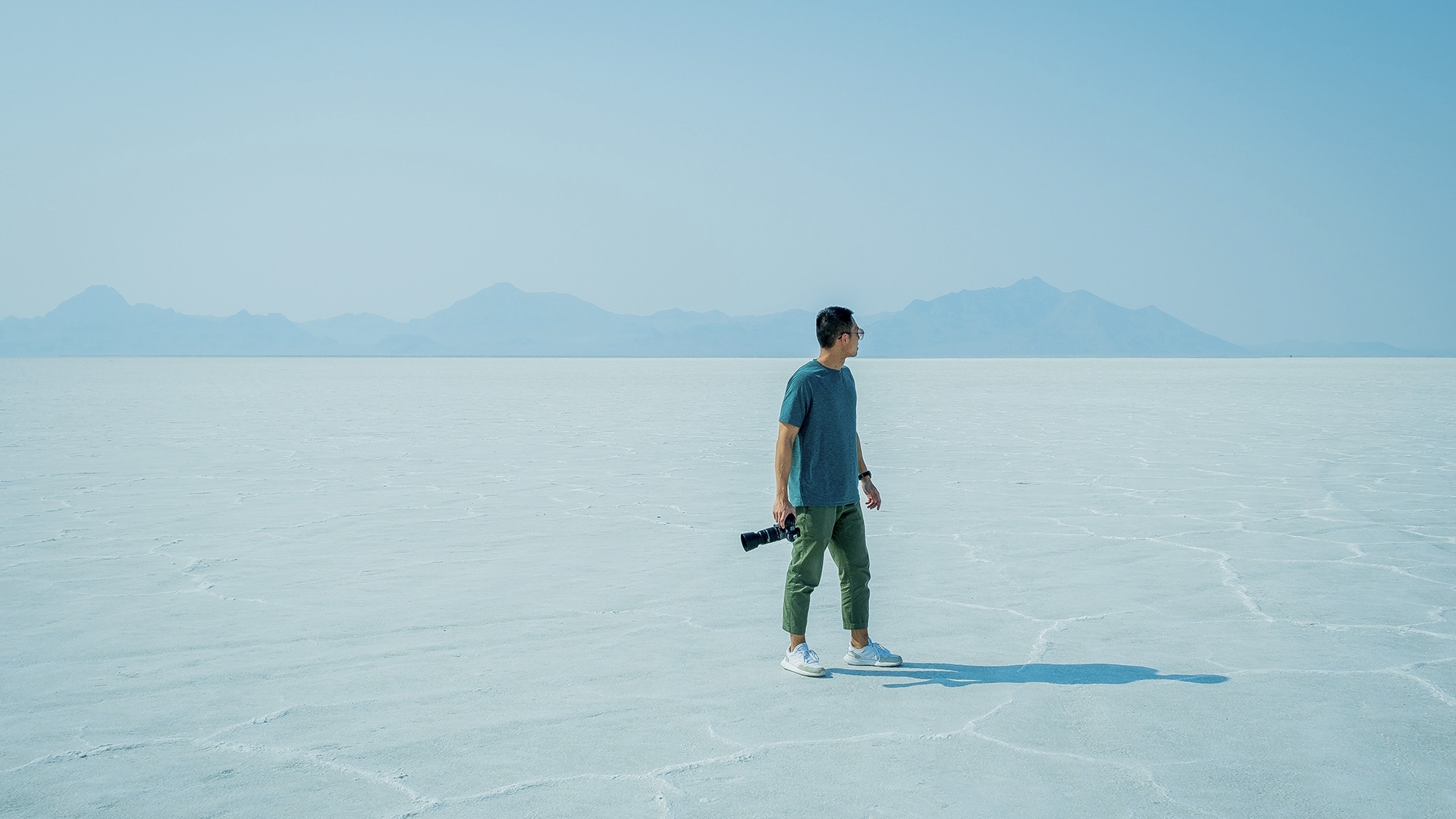
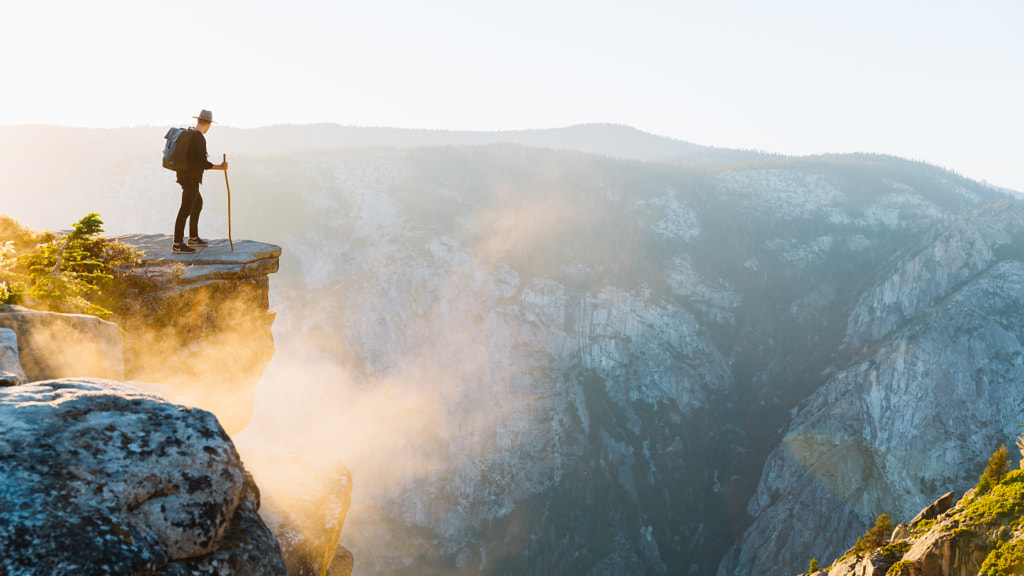

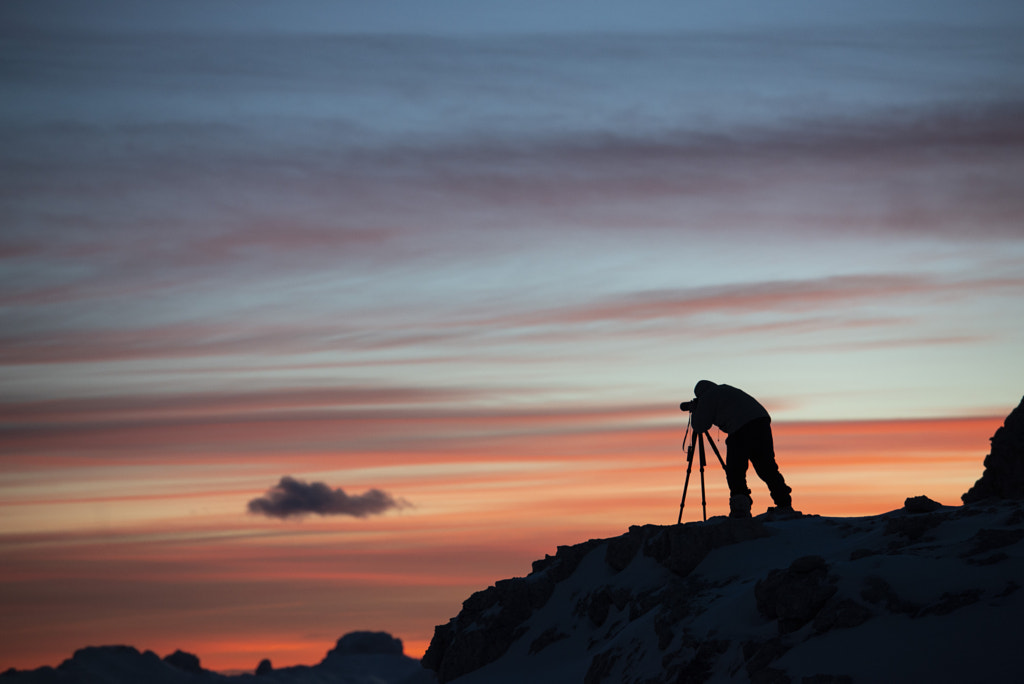
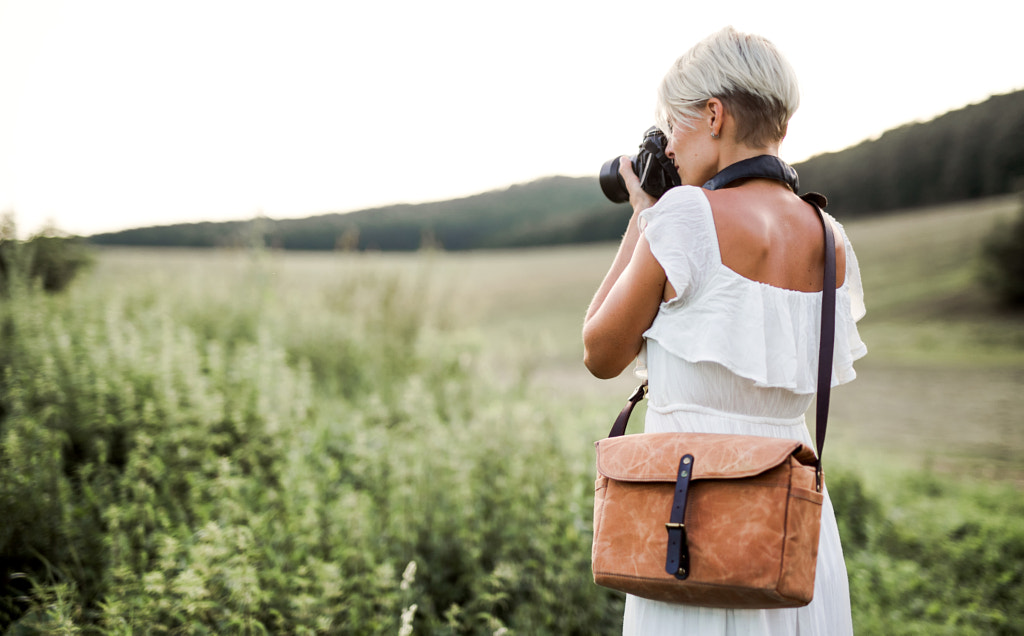
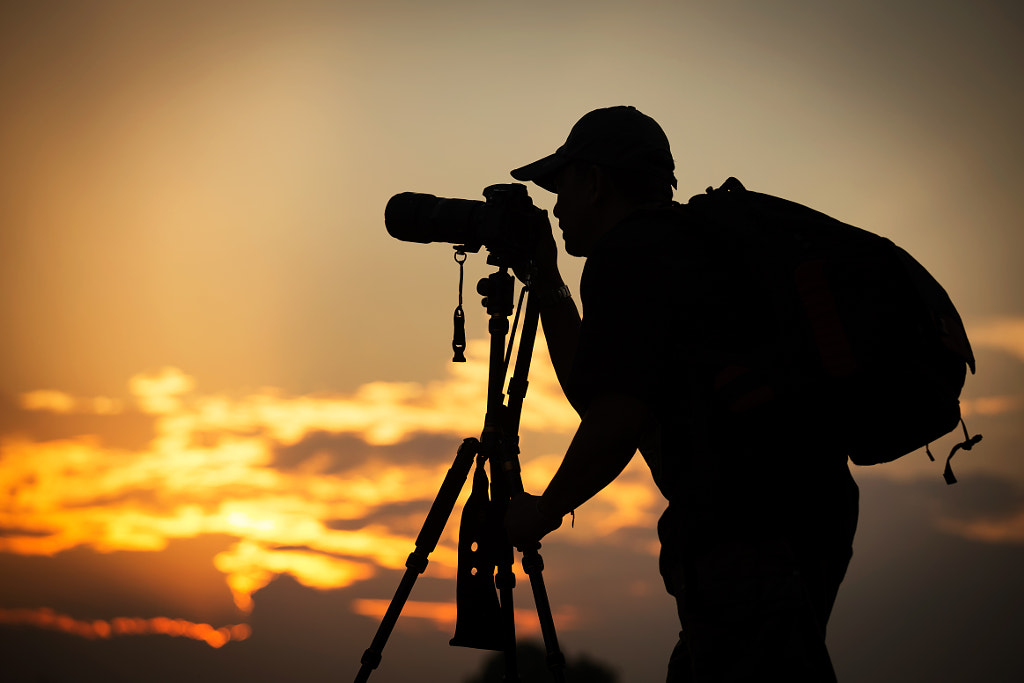
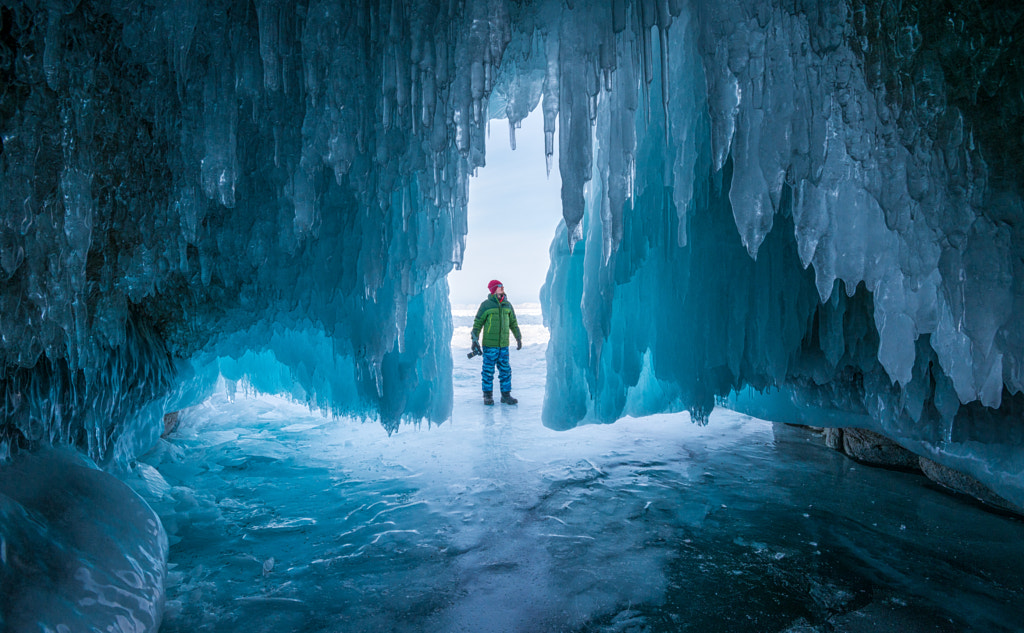
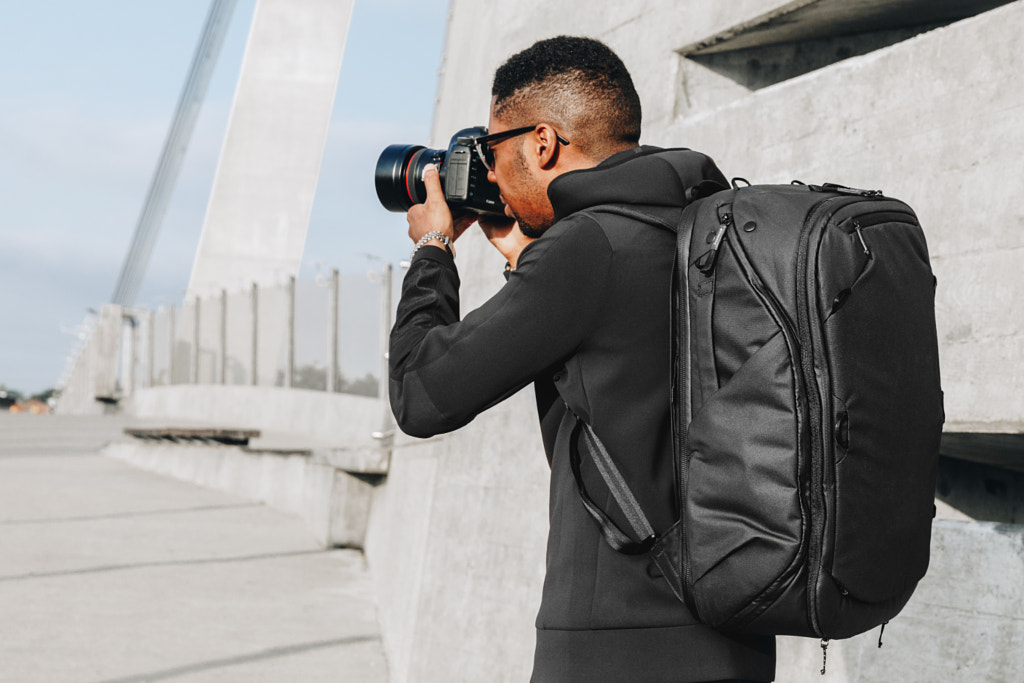

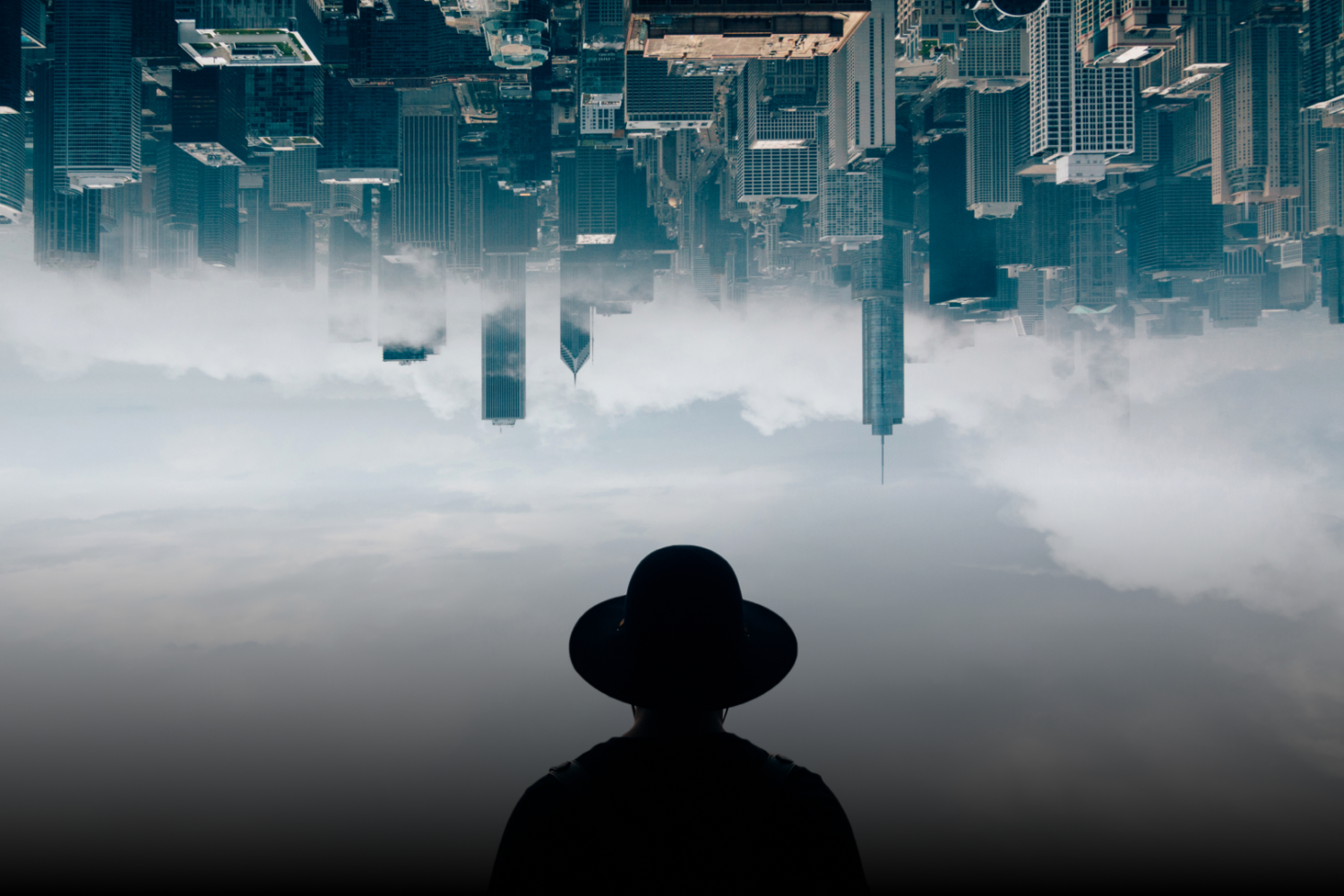
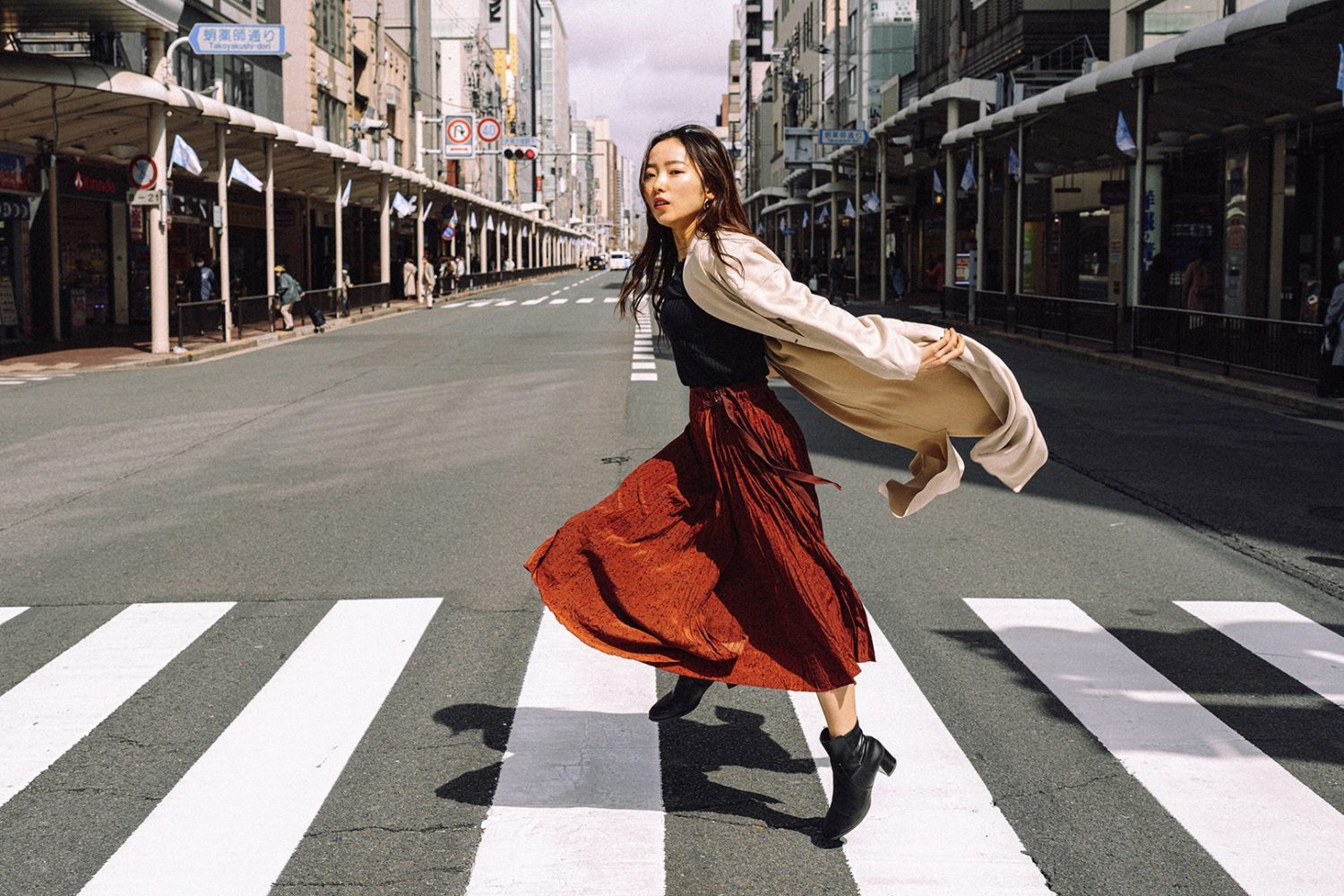
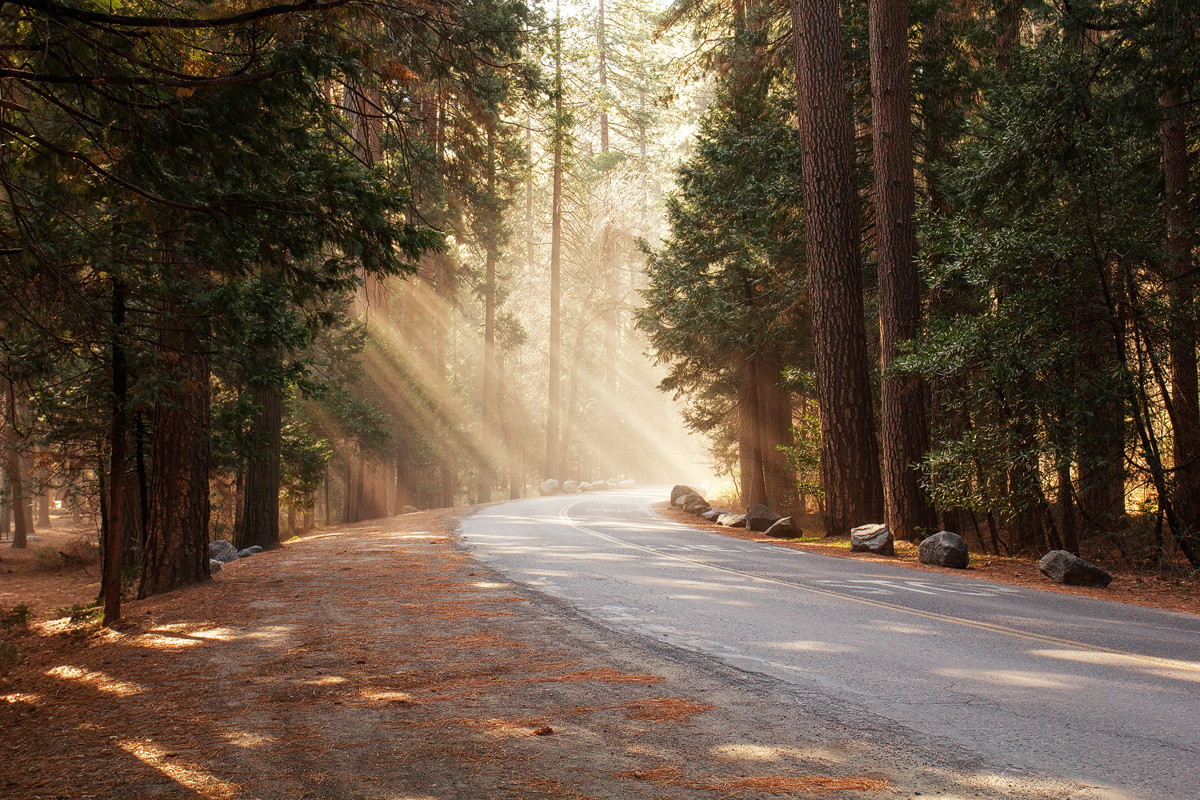
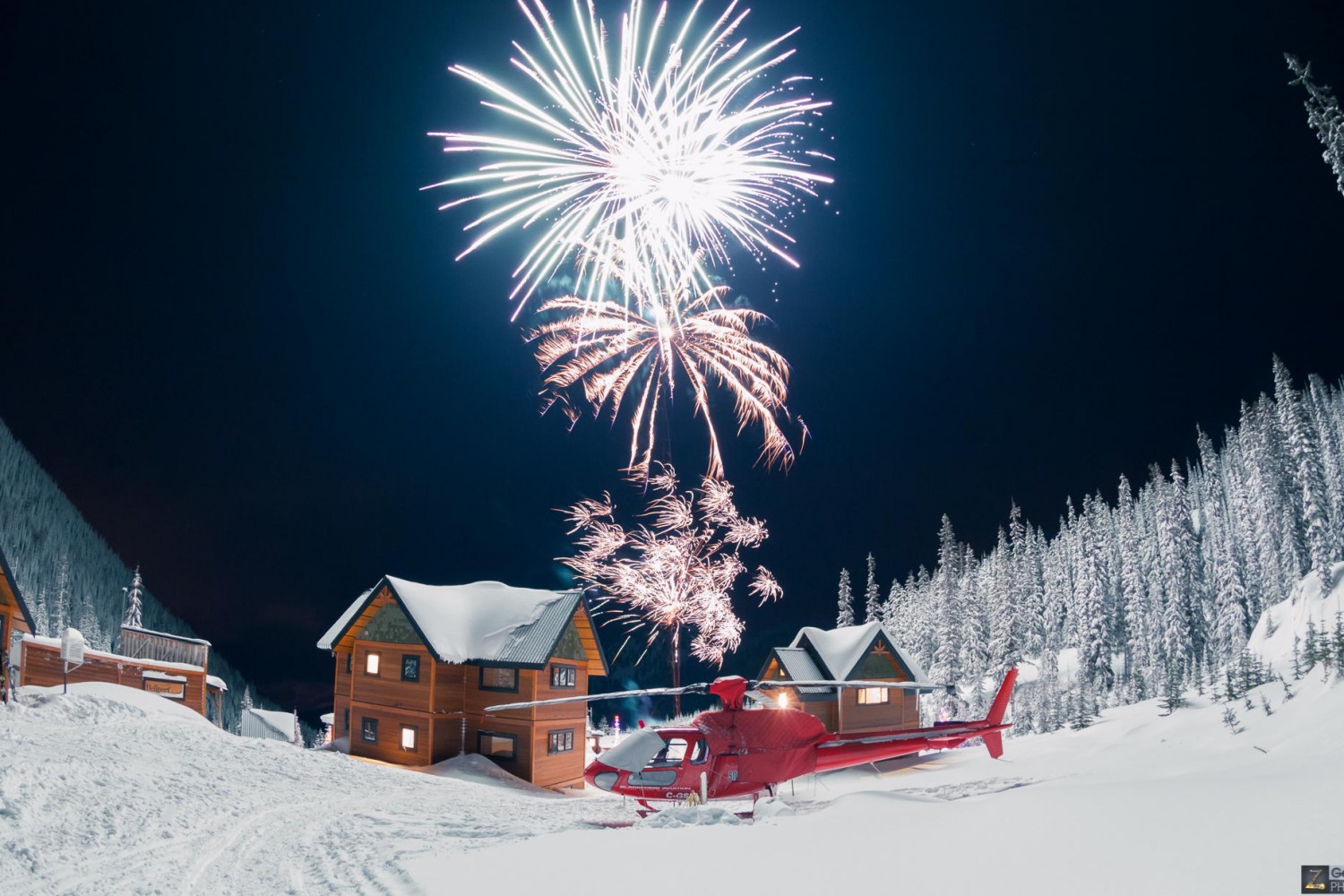

Leave a reply